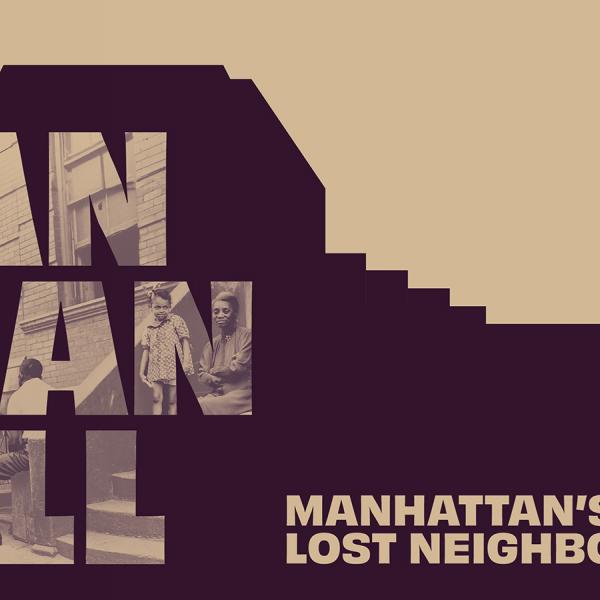
I hope that all of you are safe and healthy, wherever you may be. During a difficult and tumultuous time, it’s great to connect with our alumni.
With classes finished for fall 2020, I want to give you a snapshot of life on campus as well as the virtual spaces where so much of college life is occurring this year.
Not so this year. Classes began on September 14, approximately two weeks later than usual. This gave the university time to prepare, and those preparations took many forms that ranged from restructuring syllabi to retrofitting residence halls to limit the spread of disease. What followed was a relentless semester. There was no fall break, and Thanksgiving break began on Thanksgiving Day, rather than the day before. Even when classes ended on December 18, the semester itself did not end. Students had a two-week interlude before an exam period from January 4–10. A two-week winter break followed, after which we begin the spring semester.
It may seem like this whole year will be spent making up for the later start, but the additional time this summer gave us crucial time to prepare. In addition, the elimination of vacation time once the school year began not only enabled us to catch up but also limited community spread by keeping students on campus rather than periodically dispatching them to all points of the compass.
Once the semester got underway, one thing immediately became clear: we were better prepared than in the spring. The reason is simple. The sudden move to online instruction in the spring took everyone by surprise, motivated faculty to learn fundamentally different ways of teaching, and required dramatic adjustments to existing syllabi. In contrast, this semester, faculty were able to redesign existing courses or design new courses from the ground up that flourished in the online medium. The comments of various colleagues capture these varied experiences.
This change with instruction coincides with other changes occurring in all areas of campus life. When I write “on campus,” I mean it. The majority of undergraduates in Arts & Sciences chose to study on campus. That means they are not only coming to campus but also living in residence halls and in nearby apartments. Their courses range from in-person to synchronous online (everybody on Zoom at the same time as the instructor) to asynchronous online (students reading course materials or watching the recorded instructional video). Most in-person classes have a combination of students who are physically present and others connecting via Zoom. That was the case with my own first-year seminar on the presidency. I met with thirteen students in person; two others connected via Zoom; and a few others occasionally connected via Zoom when they were quarantined for potential exposure to COVID-19.
This is unlike many universities, which have opted to go entirely online, either for part or all of the semester. The campus itself has an unusual feeling. It is still the same space. Students walk to their classroom buildings, sit inside and study, or sit outside and rest. But there are far fewer people. The average age is certainly lower! In order to keep campus density (and therefore the risk of infection) as low as possible, most office staff are working from home, many faculty are teaching remotely, and only a few faculty work from their offices. I chose to teach in person but did everything I could to work from home. I worked at home and then drove to campus to teach, and immediately left campus. Meanwhile, many other campus institutions are different. Food services are limited; while library materials are available, we must retrieve them through an outside pickup method rather than entering the building.
Add to this the fact that the pandemic coincided with a presidential election. Instead of the numerous on-campus activities so common for an election year, people scrambled to create a variety of virtual events designed to inform people about the election and to generate voter turnout.
Yet what I still find most impressive is the way our faculty and students have responded. Students remain fascinated by history, perhaps more so because of the circumstances. It has become something of a cliché to say we live in unprecedented times. Nonetheless, students have recognized that history provides key insights to explain why the pandemic has played out so differently in different parts of the world or why Americans voted as they did in the 2020 elections.
Within the Department, we have been both intrigued and amused to see a national conversation that “there is no better time to study history.” The past has provided crucial forms of clarity for this present moment. Equally important, though, not all roads lead to the present. In contrast, history has helped explain why this moment is so different from other eras of crisis and turmoil. And this confirms what our students and alumni already knew: that history provides clarity.
I hope that as we all find our way through these difficult days, you have remained connected to the interest in history you had during your time at WashU.
Let me close by echoing what so many have observed: good riddance to 2020! And I hope you all have a happy and healthy 2021.



